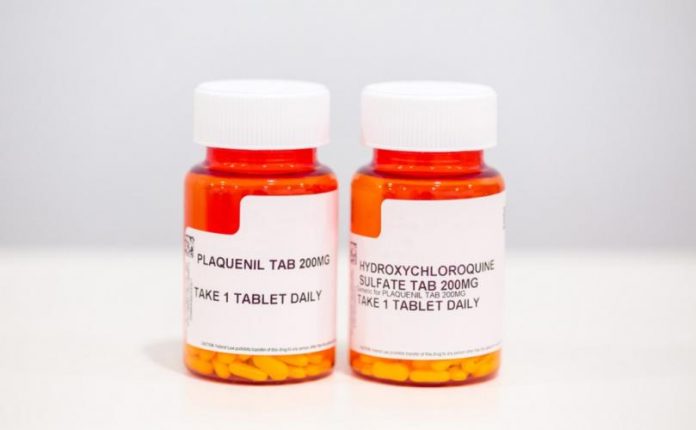Opinion
The following is a deep dive into what appears to have been a concerted attempt to ensure that hydroxychloroquine would not be viewed as an effective treatment for COVID-19.
PART ONE
The UK has had the ignominious triumph of having one of the world’s highest death rates. Some see the solution in continuing lockdowns, more testing and ultimately the vaccine. We argue that the solution lies in medical treatments, such as hydroxychloroquine or ivermectin rather than in vaccination. But hydroxychloroquine was ruled out as a potential treatment for covid19 quite early on. This is despite the fact that, when used correctly, it is a highly efficacious treatment. Had it been readily available as a prophylactic or early stage treatment we would need neither lockdowns nor vaccinations and dramatically fewer people would have died. However this didn’t happen. Here we intend to explore why
Hydroxychloroquine had repeatedly been found to be an effective treatment for Covid19. Didier Raoult was one of the earliest to discover its usefulness. He treated over 1000 patients with azithromycin and hydroxychloroquine and almost 99% recovered. Other studies found its efficacy was increased when zinc was added into the protocol; there were fewer fatalities and patients were discharged home earlier. Harvey Risch, a Yale professor conducted a meta-analysis showing the key role it could play in an outpatient setting. This was recently confirmed by McCullough who showed how when started earlier it may reduce the progression of disease, prevent hospitalization, and is associated with reduced mortality. Most recently Zelenko has written on the dramatic improvements hydroxychloroquine can bring about in a nebulized form. A groups of scientists and phd researchers put together a ‘living review’, a database of all the papers on hydroxychloroquine which can be viewed here: https://c19study.com/ They suggest that had it been used over 1,344,703 lives could have been saved.
Safety was also never an issue when used correctly. It had been used for 65 years by hundreds of millions of people in tens of billions of doses, prescribed without routine screening and given to adults, children, pregnant women and nursing mothers. It is derived from the bark of the cinchona tree, which has been used for hundreds or thousands of years to treat malaria.
How did a cheap, safe, and highly effective drug, come to be seen as a potentially fatal medication, which you could lose your license for prescribing, your credibility for advocating and every time someone tried to talk about it, they would be banned, humiliated or described as ‘fake news’.
Read Much More HERE


